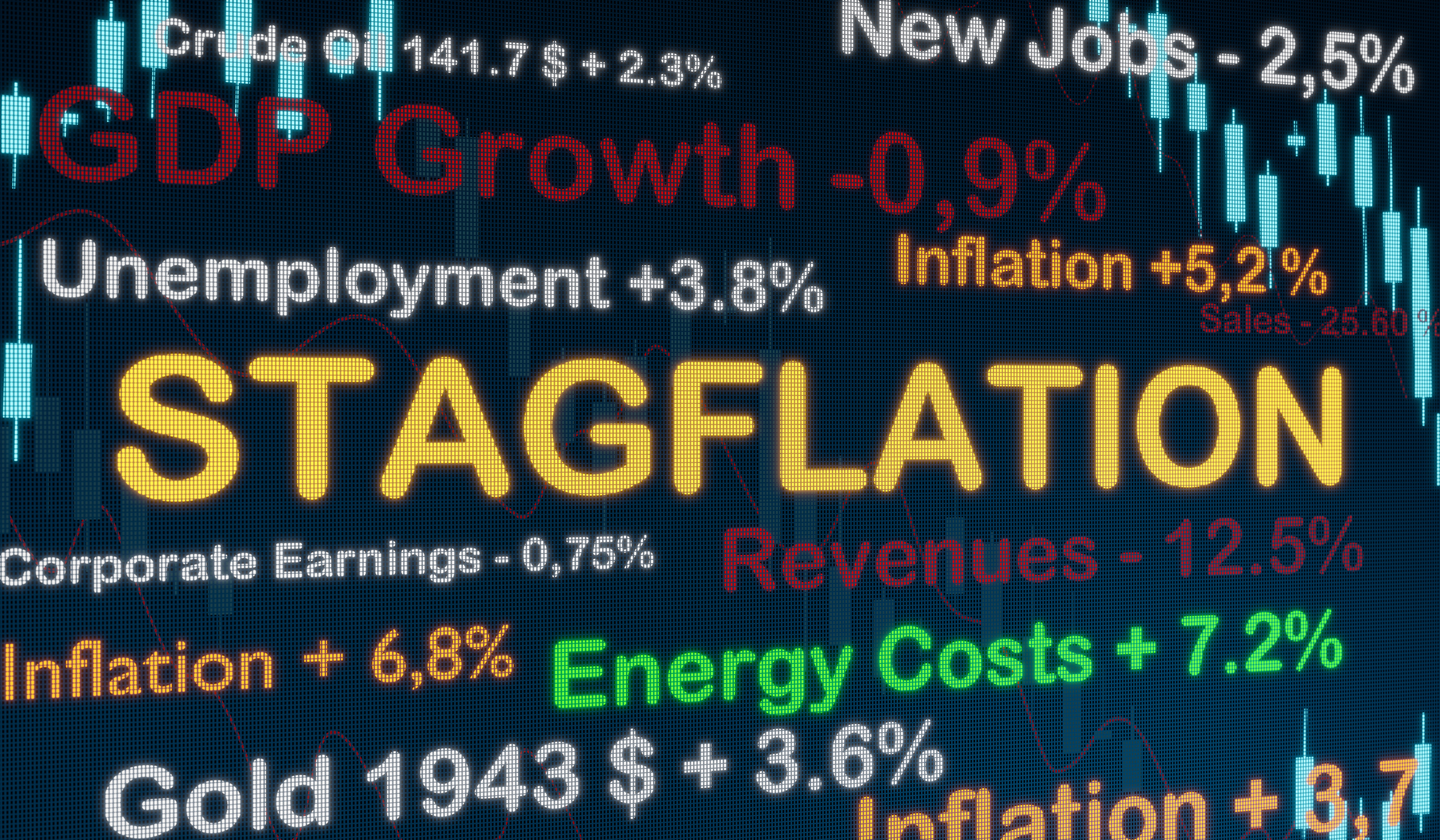Of all the forms of potential economic gloom and doom, stagflation is among the most concerning. But what is it exactly? What causes stagflation? And how likely are we to experience it in the next few years? How should individuals prepare themselves for this eventuality?
Bottom Line Personal asked economist Giacomo DiPasquale, PhD, to explain stagflation and how it will affect us in coming years.
- Diversify your portfolio.
- Seek stable earnings.
- Buy dividend stocks.
- Invest in infrastructure.
Stagflation defined
Stagflation is a period of economic malaise in which three specific negative indicators occur simultaneously—inflation…high unemployment…and stagnant economic growth. An economy is in stagnation when it experiences, simultaneously, inflation over 4% to 5%…unemployment over 6% to 7%…and Gross Domestic Product (GDP) growth from 0% to 2%…for a period of more than three quarters.
What makes stagflation so uniquely troublesome?
Intuitively, having so many things wrong with the economy at the same time is disastrous. But stagflation is uniquely intractable because these economic indicators, which normally pull in opposite directions, move in tandem. During stagflation, the usual technique of injecting more money into the economy to bring down unemployment may not work and could deepen the problem. Exiting a period of stagflation requires time, concerted effort, wise stewardship and out-of-the-box thinking.
How often does stagflation occur?
Stagflation is a somewhat rare occurrence that defies normal economic theory. Recent examples include events in Argentina, Venezuela and Turkey. The US has experienced stagflation only once—during the 1970s. Since then, it has approached stagflation a few times, including during the pandemic, but has righted the ship in time to avoid disaster.
Are we at risk for stagflation?
Right now, our economic indicators look good, so there’s little reason for concern. But two points bear mentioning…
- Stagflation tends to be triggered by some shock to the economy, like the oil shock of the 1970s, and these tend to be difficult to foresee.
- Such a shock could occur in the form of aggressive tariffs on foreign goods that lead to economic upheaval in the form of a trade war. Given President Trump’s tariffs, we can’t exclude the possibility of stagflation right now.
How should I prepare?
Shoring up your portfolio against stagflation looks a lot like protecting it from other forms of financial disaster…
- Diversify: Make sure you’re investing in various asset classes, including gold, real estate (which maintains its value well during inflationary periods) and inflation-protected securities such as US Treasury bonds.
- Seek stable earnings: Invest in companies that aren’t susceptible to cyclical swings, such as utilities, health care, consumer goods and pharmaceuticals.
- Buy dividend stocks: These can provide you with a bit of steady income even during hard times.
- Invest in infrastructure: One of the best ways for policymakers to shepherd an economy out of stagflation is to pour money into infrastructure projects. Putting some capital into the infrastructure space could pay off if policymakers lean on that sector as a way out of stagflation.


